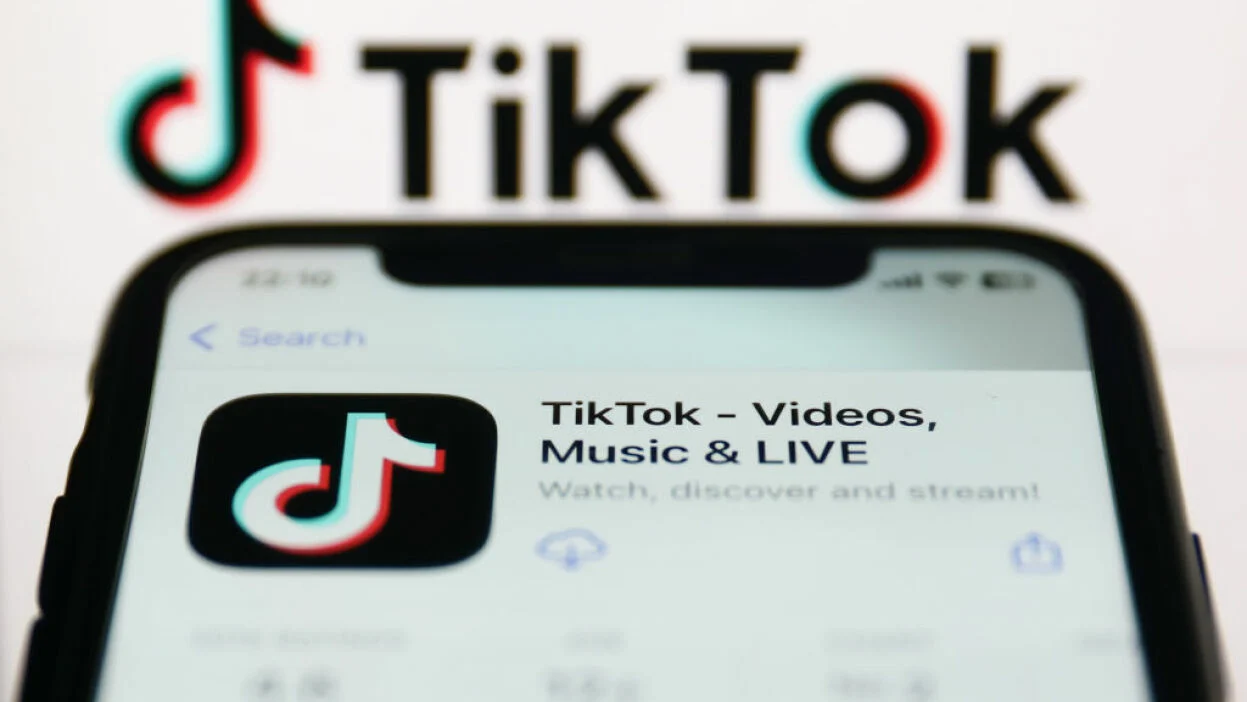The preeminence of TikTok as a platform for the exploration of new content and the search for diverse information presents a remarkable opportunity for brands to effectively engage and establish connections with untapped consumer bases.
Exploiting this inherent capacity, TikTok is expanding its support by adding a novel feature that enables brands to put out ads in TikTok search results.
Brands have the ability to precisely target users by utilizing the application’s search bar, wherein they may explore contents attributed to a feature integrated within the TikTok Ads Manager program, dubbed the Search Ads Toggle. This is an add-on to an advertiser’s existing TikTok video ad-buy rather than a stand-alone offering. It utilizes pre-existing In-Feed Ad creatives to display ads coupled with organic search results that are related to user searches.
Advertisers will have control over the placement of ads on TikTok, as they are provided with the option to include “negative keywords” in their campaigns. This strategic measure serves to avert the appearance of their promotional initiatives in close proximity to posts that do not align with the intended message of their brand.
As per the company’s statement, “The Search Ads Toggle provides a unique opportunity to offer rich, relevant information and experiences to our users. Users may search on TikTok to find new content, resurface older content, or look for the latest hot trending items or ideas. The Search Ads Toggle offers advertisers an innovative way to aid and enhance the user’s journey.
“It also drives results. TikTok internal research shows that 70% of ad groups with the Search Ads Toggle ‘on’ see more efficient performance when compared to not, as a result of more efficient conversions coming from search ads.”
Read also: TikTok app ban trends on global scene
Turning the Search Ads Toggle on and off
The Search Ads Toggle is inherently configured to be in a “on” status by default upon the setting up of an In-Feed Ads campaign. By maintaining the toggle in the “on” status, the system will generate search result ads using the advertiser’s pre-existing In-Feed Ad content and targeting parameters. These ads will then be displayed alongside organic video results that are related to the user’s searches.
Advertisers hold an option to activate the Search Ads Toggle at the onset of campaign creation or during its course. Also, they can turn off the feature by selecting “off” from the toggle menu while setting up their campaign. Search Ads Toggle activation during a flight will not reactivate the campaign’s learning phase.
There’s likely to be no shortage of advertisers
Some users may be disturbed by the new feature, but the company has assured that the ads will be relevant to their searches and will be labelled as sponsored content. The ads will be selectively deduced based on users’ interests, which are determined by previous search inquiries and users’ diverse activities on the platform. Put simply, the algorithm will continue to perform its existing functions, albeit in a new context.
Engaging with a sponsored post will not disrupt your ongoing search; a rather agreeable setting. The ad effectively emulates the in-feed experience, enabling users to seamlessly explore the search results, irrespective of their interaction with the ad. It is highly probable that there will be an abundance of advertisers, as TikTok has stated that the functionality is inherently activated for merchants who already exist on the platform. Basically, advertisers are required to actively choose not to be featured alongside search results.
Although using a search bar without ads was enjoyable while it lasted, this modification has been long overdue. It was rather inevitable, given that earlier this year, other companies, such as Instagram, had already begun engaging in similar practices.
It is important to note that ads are already present within the usual TikTok feed, discreetly interspersed among videos shared by individuals whom you actively follow. Don Draper’s search bar vision is now becoming a reality for TikTok users globally.




